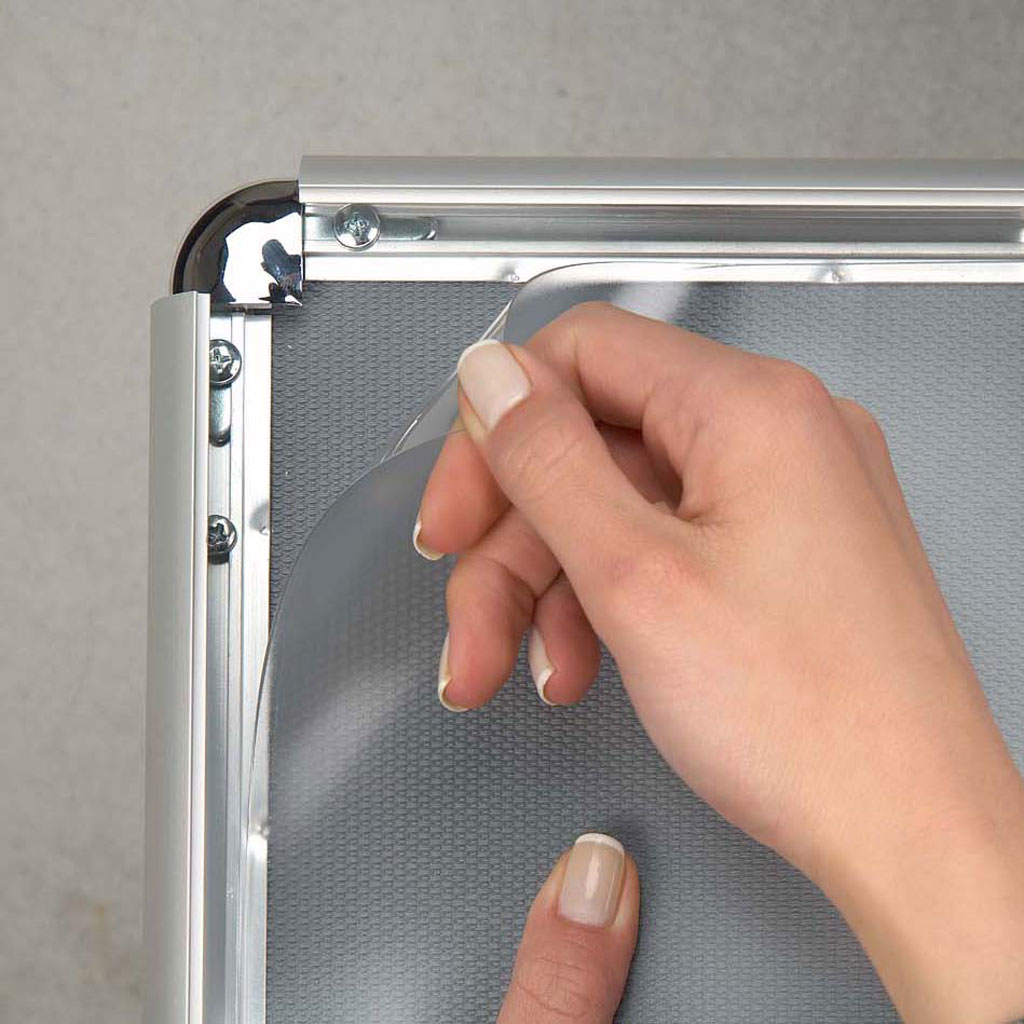Why even choose to produce plastic products? For starters, plastic fabrication commonly has the advantage of having considerably quick completion times, and in contrast to the majority of materials there is also the choice of colouring plastic before manufacturing, rather than after. It’s high malleability means that it possesses a comparatively low melting temperature, and it’s also more light-weight compared to numerous other resources – both these elements simplify the production process. Furthermore, plastics are relatively inert and therefore have higher chemical resistance. Regardless of all of these positives, plastic material is however unsuitable for applications which need a high physical integrity, and is rather vulnerable to wear in the long-term. For those who are looking for further information with respect to snap frames this specific page www.display-warehouse.co.uk has countless more write-ups in regards to snap aluminium frames.
Breakdown Of CNC Machining
CNC machining is a computer regulated subtractive procedure, that removes material from plastic as a way to create the desired shape. The computer is high-tech, with the ability to convert a design into numbers by using a computer aided design software program. The numbers are able to control the machine to cut the necessary form. To operate, the machines require an intermediate step in the development and validation of tool paths. When the machine obtains the tool paths, the subtractive process is initiated. When the construction is complete, the component part is cleansed, smoothed, and cut.
For lower quantity plastic component requests that need tight tolerances and shapes which are difficult to shape, machining is suitable. CNC machining also offers minimal to moderate initial expenses, and can generate premium quality plastic components with short completion times. On the other hand, with an increase of product sophistication, the price per component climbs up. Additionally, this process necessities tool access allowances, and specific designs, for example those with curved interior channels, are near-impossible to make with CNC manufacturing.
Vacuum Formation
Vacuum formation is a process in which plastic material is warmed and moulded, generally working with a mould. The scale and intricacy of vacuum-forming machines vary from inexpensive desktop equipment to state-of-the-art manufacturing machinery.
It is usually ideal for any venture, from custom-made designs to large-scale fabrication, considering the large array of equipment available and that automation is undoubtedly an option if required. However, there is minimum flexibility in the types of shape it can develop, and is unfortunately exclusively able to build pieces with basic geometries. In comparison with other methods, tooling costs are low, since vacuum formation merely requires minimal forces and pressures. Generally, for smaller manufacturing sizes the moulds are made of 3D printed resin, or even plaster, and then for greater development sizes more robust equipment made of metal is commonly used.
The manufacturing process begins with a sheet of plastic getting clamped and heated up up until the plastic becomes mouldable. The plastic will then be placed into the mould and chilled, and frequently fans and also other chilling techniques are utilised in order to speed up the chilling process. The ultimate stage entails any surplus plastic being removed.

